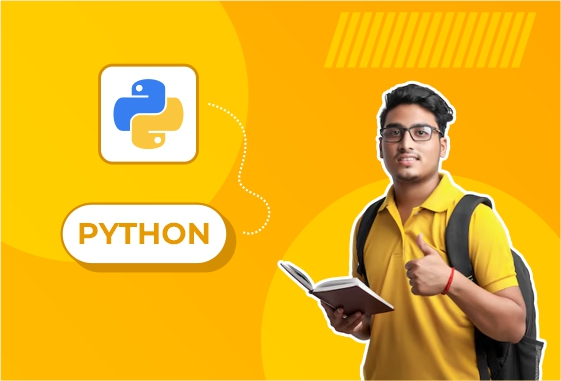
Speech-to-Text Converter
Project Title: Speech-to-Text Converter
Objective:
The Speech-to-Text Converter project focuses on building a system that automatically converts spoken language into written text using machine learning and deep learning techniques. This has applications in transcription services, voice assistants, accessibility tools, and real-time communication systems.
Key Components:
Problem Statement:
Convert audio recordings or live speech into accurate, readable text.
Handle various accents, background noise, and different languages or dialects.
Data Collection:
Speech Datasets: Public datasets like LibriSpeech, Mozilla Common Voice, TED-LIUM, or custom-recorded audio files.
Each audio file is paired with its corresponding transcript for supervised learning.
Preprocessing:
Noise Reduction and Silence Removal.
Convert audio to spectrograms or Mel-frequency cepstral coefficients (MFCCs).
Normalize audio length and sample rates.
Modeling Techniques:
Traditional Approaches: Hidden Markov Models (HMMs) with Gaussian Mixture Models (GMMs).
Deep Learning Models:
RNNs/LSTMs/GRUs for sequential modeling of audio features.
CNNs for feature extraction from spectrograms.
CTC (Connectionist Temporal Classification) loss to align input and output sequences.
Transformer-based Models like Wav2Vec 2.0, DeepSpeech, or Whisper by OpenAI.
Training & Evaluation:
Train the model on paired audio-transcript data.
Evaluate with Word Error Rate (WER) and Character Error Rate (CER).
Test on unseen audio samples with diverse speakers and noise levels.
Deployment:
Integrate into a web or mobile app using APIs (e.g., Flask or FastAPI).
Provide live or batch transcription.
Enable speaker diarization or language translation optionally.
Applications:
Voice Assistants (e.g., Siri, Alexa).
Meeting Transcripts and Subtitling.
Accessibility Tools for hearing-impaired users.
Call Center Automation and Customer Support Logs.
Challenges:
Dealing with diverse accents and speech rates.
Background noise and overlapping speech.
Real-time latency constraints in live settings.
Outcome:
A functional, accurate speech-to-text system capable of transcribing spoken language into text with minimal errors, supporting multiple use cases in real-world applications.





